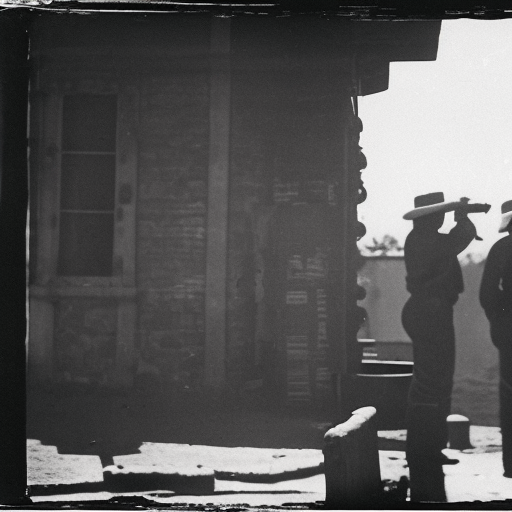Mexican Revolution: A Struggle for Social and Political Change
The Mexican Revolution was a major armed conflict that took place in Mexico from 1910 to 1920. It was a complex and multifaceted revolution that sought to address a wide range of social, political, and economic issues in the country. The revolution was characterized by a series of uprisings, battles, and political shifts, ultimately leading to the establishment of a new political order in Mexico.
Causes of the Mexican Revolution
The Mexican Revolution was fueled by a combination of long-standing grievances and immediate triggers. Some of the key causes include:
- Social Inequality: Mexico had a highly unequal social structure, with a small elite class controlling most of the wealth and power, while the majority of the population lived in poverty.
- Land Distribution: The concentration of land in the hands of a few wealthy landowners left many peasants landless and struggling to survive.
- Authoritarian Rule: The dictatorship of Porfirio Díaz, who had been in power since 1876, stifled political dissent and limited democratic participation.
- Foreign Interference: The presence of foreign companies, particularly from the United States, exerted significant influence over Mexico’s economy and politics.
Key Figures and Movements
The Mexican Revolution saw the rise of several key figures and movements that played crucial roles in shaping its outcome:
- Francisco Madero: Madero, a liberal reformer, emerged as a prominent leader and called for political change and democratic reforms.
- Emiliano Zapata: Zapata, a peasant leader from the state of Morelos, championed the cause of land reform and the rights of indigenous communities.
- Pancho Villa: Villa, a charismatic military leader, led a powerful army in the northern region of Mexico and became a symbol of resistance against the government.
- Constitutionalists: The Constitutionalists, led by Venustiano Carranza, sought to establish a new constitutional order and played a crucial role in the later stages of the revolution.
Phases of the Revolution
The Mexican Revolution can be divided into several distinct phases:
- Uprising against Díaz: The revolution began in 1910 with an uprising led by Madero against the authoritarian rule of Díaz. This phase saw widespread popular mobilization and armed resistance.
- Radicalization and Division: As the revolution progressed, it became increasingly radicalized, with different factions and movements emerging. This led to divisions and conflicts among the revolutionaries themselves.
- Constitutionalists’ Victory: The Constitutionalists, led by Carranza, emerged as the dominant force and successfully overthrew the government in 1914. They established a new constitutional order and enacted significant reforms.
- Continued Struggle: Despite the victory of the Constitutionalists, the revolution did not end. The country was plagued by ongoing violence and power struggles between different factions.
- Consolidation and Legacy: The revolution finally came to an end in 1920, with the establishment of a stable government under Álvaro Obregón. The revolution left a lasting impact on Mexican society, leading to land reforms, labor rights, and the recognition of indigenous rights.
Impact and Legacy
The Mexican Revolution had a profound impact on Mexico and its people. It brought about significant social, political, and economic changes, including land redistribution, labor reforms, and the recognition of workers’ rights. The revolution also led to the establishment of a more democratic political system and a new constitution in 1917, which remains in effect to this day. Additionally, the revolution inspired other revolutionary movements across Latin America and served as a symbol of resistance against oppression and inequality. However, the revolution also resulted in a high human cost, with millions of lives lost and widespread destruction. The legacy of the Mexican Revolution continues to shape Mexico’s political and social landscape, reminding future generations of the importance of fighting for justice and equality.












